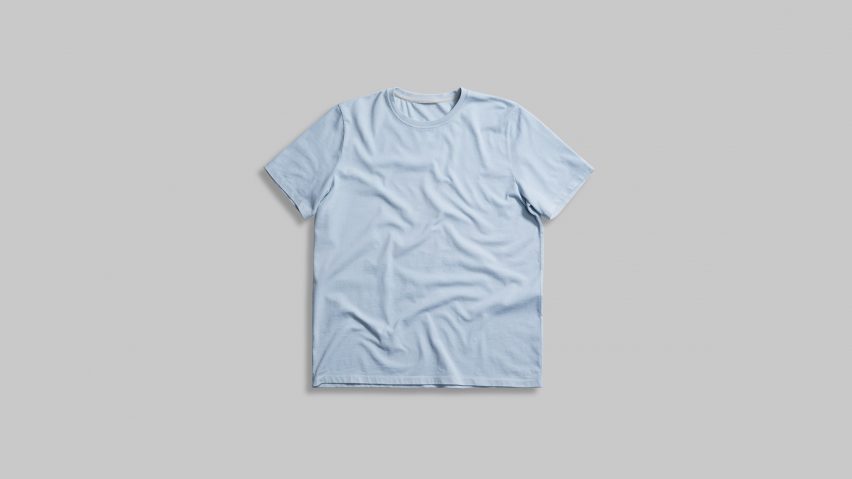
Colorifix harnesses bacteria for non-toxic clothes dyeing
The process of using bacteria to colour textiles has been brought to a commercial scale by British company Colorifix, which hopes to cut the fashion industry's use of toxic chemical dyes.
Shortlisted for a 2023 Dezeen Award, Colorifix has brought several pigments to market since its founding in 2016 including indigos, mauves, pastels and beiges – all made by bacteria that was genetically engineered to produce certain colour-making enzymes.
The company was started by two synthetic biologists, Orr Yarkoni and Jim Ajioka, after travelling to rural Nepal to develop biological sensors for monitoring heavy metal contamination in the local drinking water.
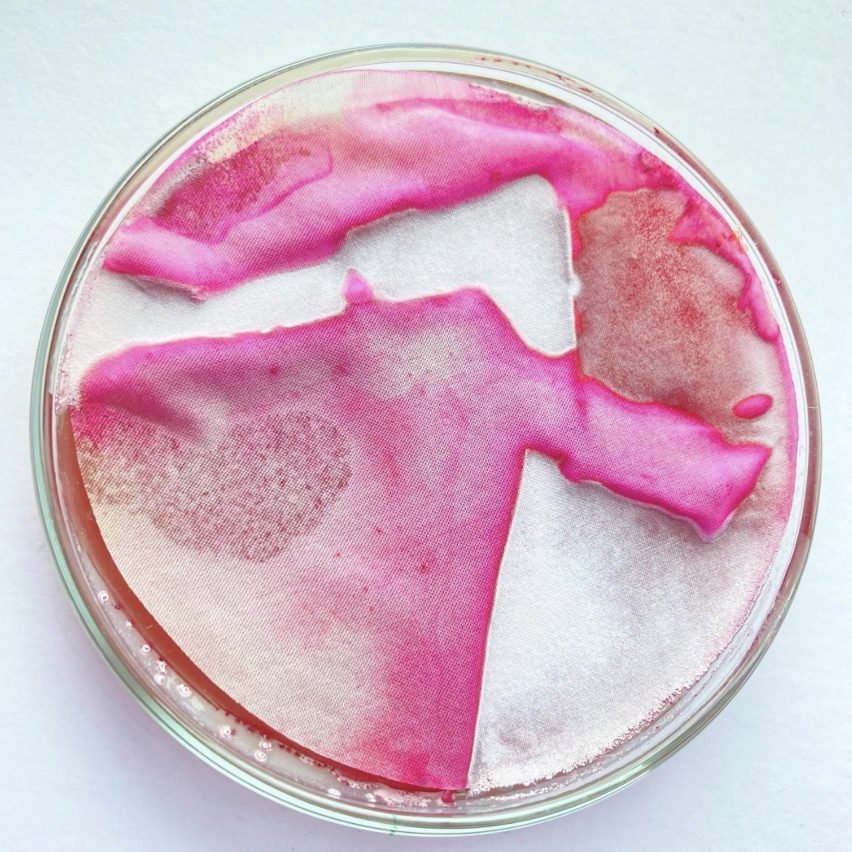
Appalled to learn that the pollution was caused by waste from the textile dying industry, which was leaking into the river, the two set out to see if they could create a non-toxic alternative to synthetic dyes using their knowledge of engineering microbes.
"We knew we could make colours in bacteria but it was [about] trying to figure out how you could get the colour onto textiles in an efficient manner and using biology to do so," Ajioka told Dezeen.
"When you look at any commodity product, you have to be very, very cost-efficient because otherwise, you're never going to enter the market."
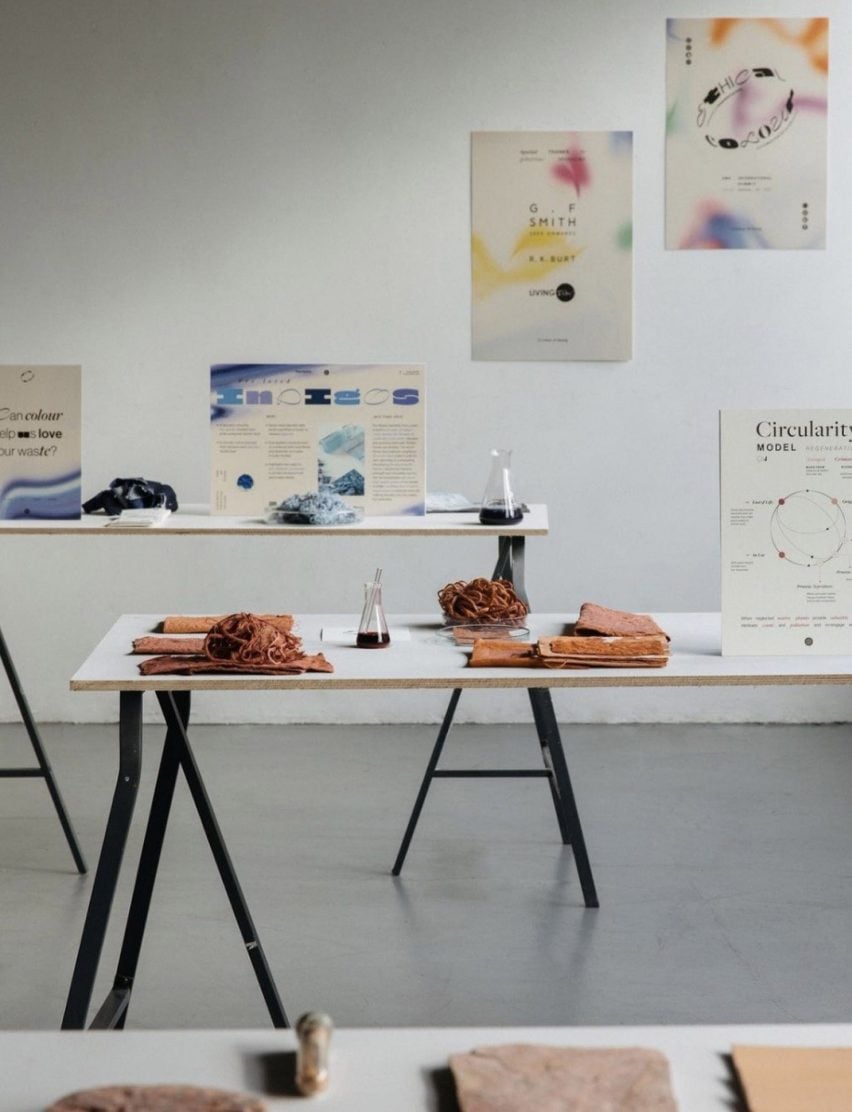
Ajioka hopes to make the company's colouring process cost-competitive with ubiquitous petrochemical dyes.
"Sustainability isn't just about having a great idea," he said. "It's also whether you can scale it and make it into something that will be acceptable to the current market."
Bacterial dyeing makes use of processes, in which the organisms are naturally inclined to engage, according to Ajioka. He suggests looking to the bathroom for an example.
"You will see probably at some point some red stuff growing in your grout and your tiles in your shower," he said. "That's what we do. We engineer bacteria to make colours and they naturally will fix onto surfaces and secrete and deposit the colour onto the surface."
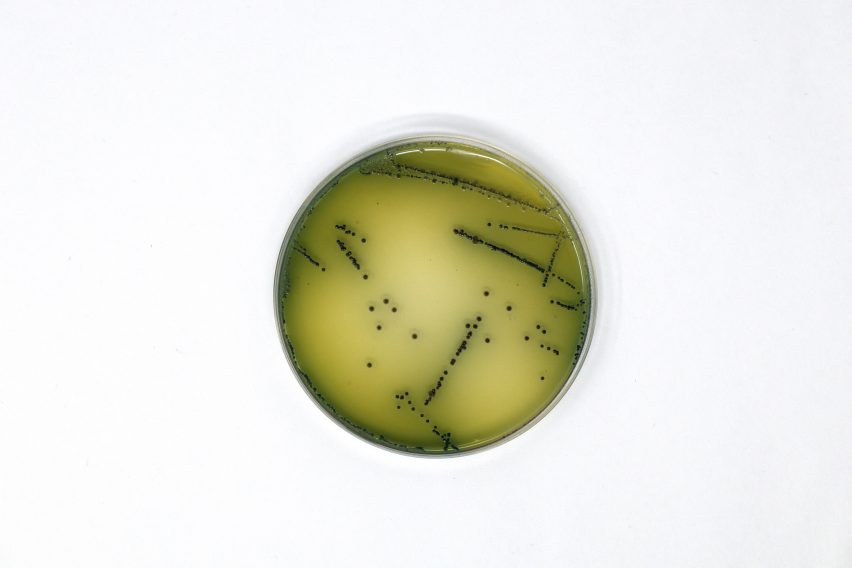
The colours made by Colorifix's bacteria, however, are not their own. Instead, the company uses a DNA database to identify which enzymes are responsible for the natural colour of different plants and animals.
Colorifix's scientists then modify the bacteria with those DNA sequences so they will produce the enzymes themselves.
The bacteria are left to multiply in a liquid culture in bioreactors – "basically fancy beer fermenters", according to Ajioka.
The contents of these tanks are then transferred to a standard dye machine where – given bacteria's preference for clinging to surfaces rather than floating in liquid – they will easily transfer to the yarn or fabric inside, spreading out to produce an even colour.
The bacteria is killed through the application of heat, which also helps to fix the colour.
According to Colorifix, its process eliminates some of the environmental issues associated with dyeing while significantly reducing others.
Compared to conventional dyeing, the process uses 80 per cent less chemicals, 77 per cent less water and produces 31 per cent fewer carbon dioxide emissions, the company claims.
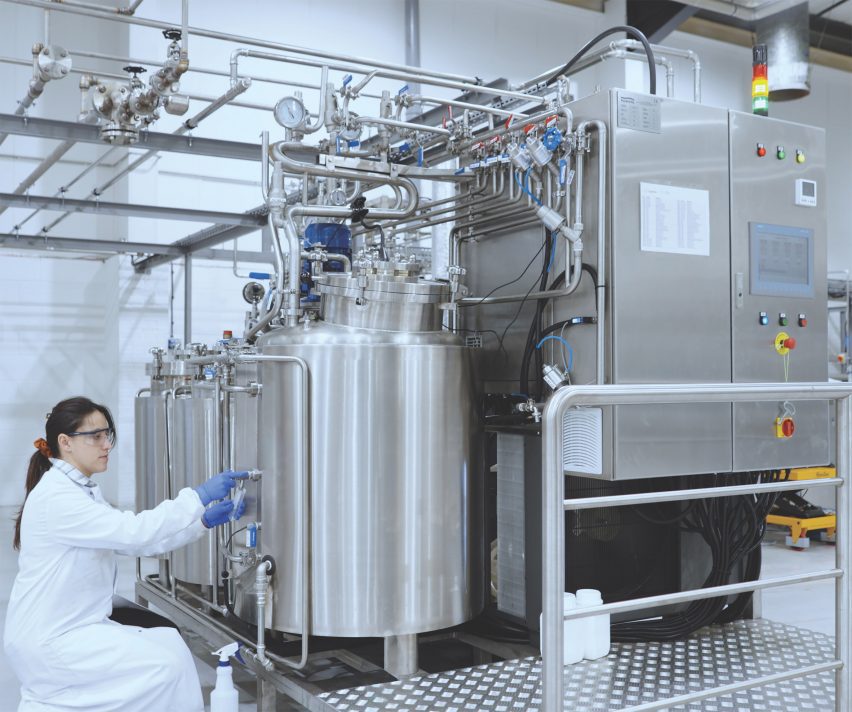
Colorifix has seven pigments in its catalogue so far, with some capable of making multiple colours by tweaking the fermentation or dyeing process.
Pigment 01 can be found in and around geysers, but the team searched for an organism that could produce the same colour in non-extreme conditions and found a perfect underwater bacterium, whose DNA it used as a template. The company can make four different colours using this one pigment by tweaking the pH levels in the fermenters.
There is also Pigment 03, based on a red bacteria that grows on bread – and was thought in medieval times to signify a miracle – as well as the beige-ish Pigment 05, which is essentially melanin, and the lilac-toned Pigment 06, derived from a plant long used as a textile dye in Asia.
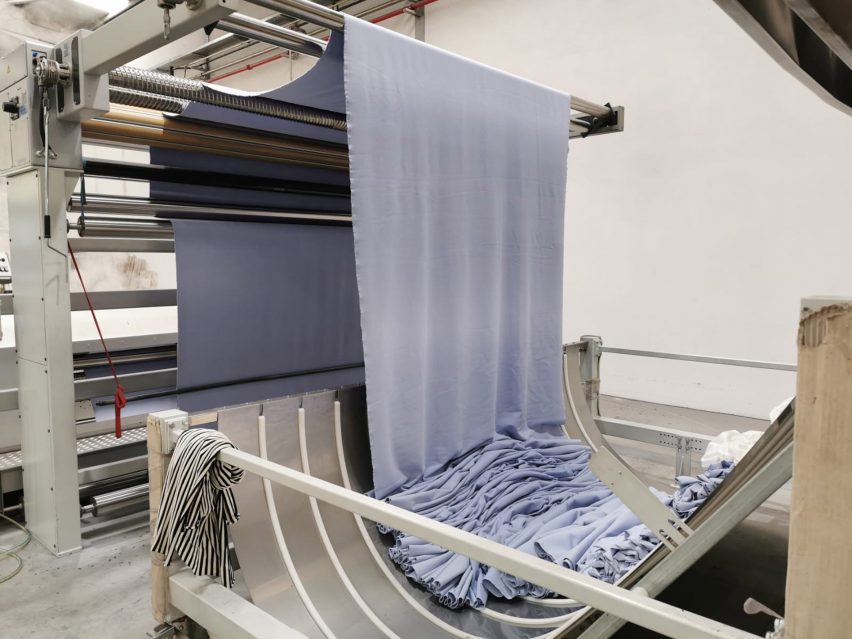
"Buying" a pigment is not straightforward, however. The colour a pigment produces on a piece of fabric is dependent on the process, feedstock and environment, so to offer a consistent product, Colorifix operates a hybrid model.
Dye houses license the technology and buy the company's specialised hardware and equipment. Colorifix currently licenses to three dye houses across Europe, which in turn supply fashion brands.
Fabrics dyed with Colorifix's pigments have already started being used by early adopters such as mega-retailer H&M and experimental clothing brand Vollebak, which used a colour based on the enzymes of the indigo plant to produce its DNA T-shirt.
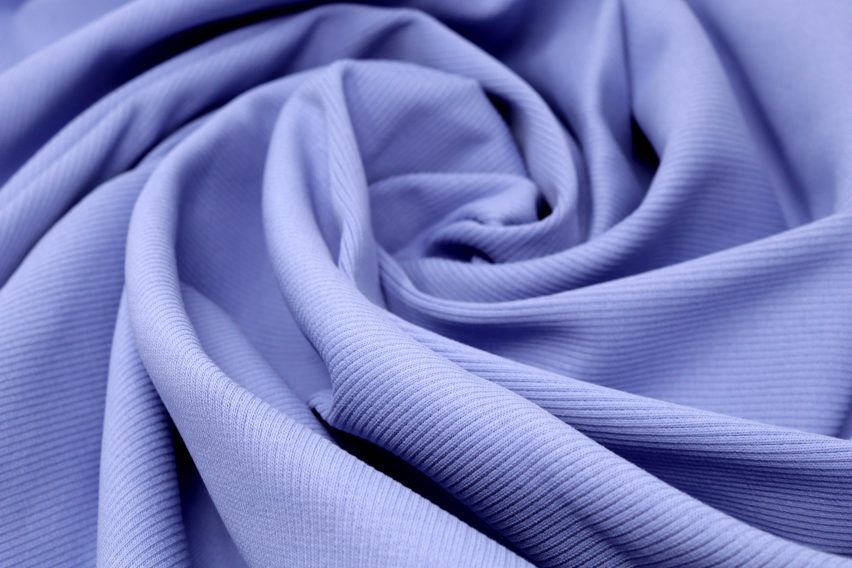
However, Ajioka is keen to stress that even with wide adoption, Colorifix's innovations won't make the fashion industry environmentally friendly.
"The global fashion industry is unsustainable and technology alone will not fix the problem," said Ajioka. "We need a cultural shift towards being more thoughtful about what we wear, extending the life of our clothes and ultimately buying less."
The company has been shortlisted in the material innovation category of the Dezeen Awards, together with its partner the Mills Fabrica Investment Fund.
Bacterial dyeing is also being pioneered by the lifestyle brand Normal Phenomena of Life, which is entirely dedicated to bio-design. Others, such as Danish fashion brand Ganni, are using the organisms to grow an all-natural leather alternative known as bacterial cellulose.